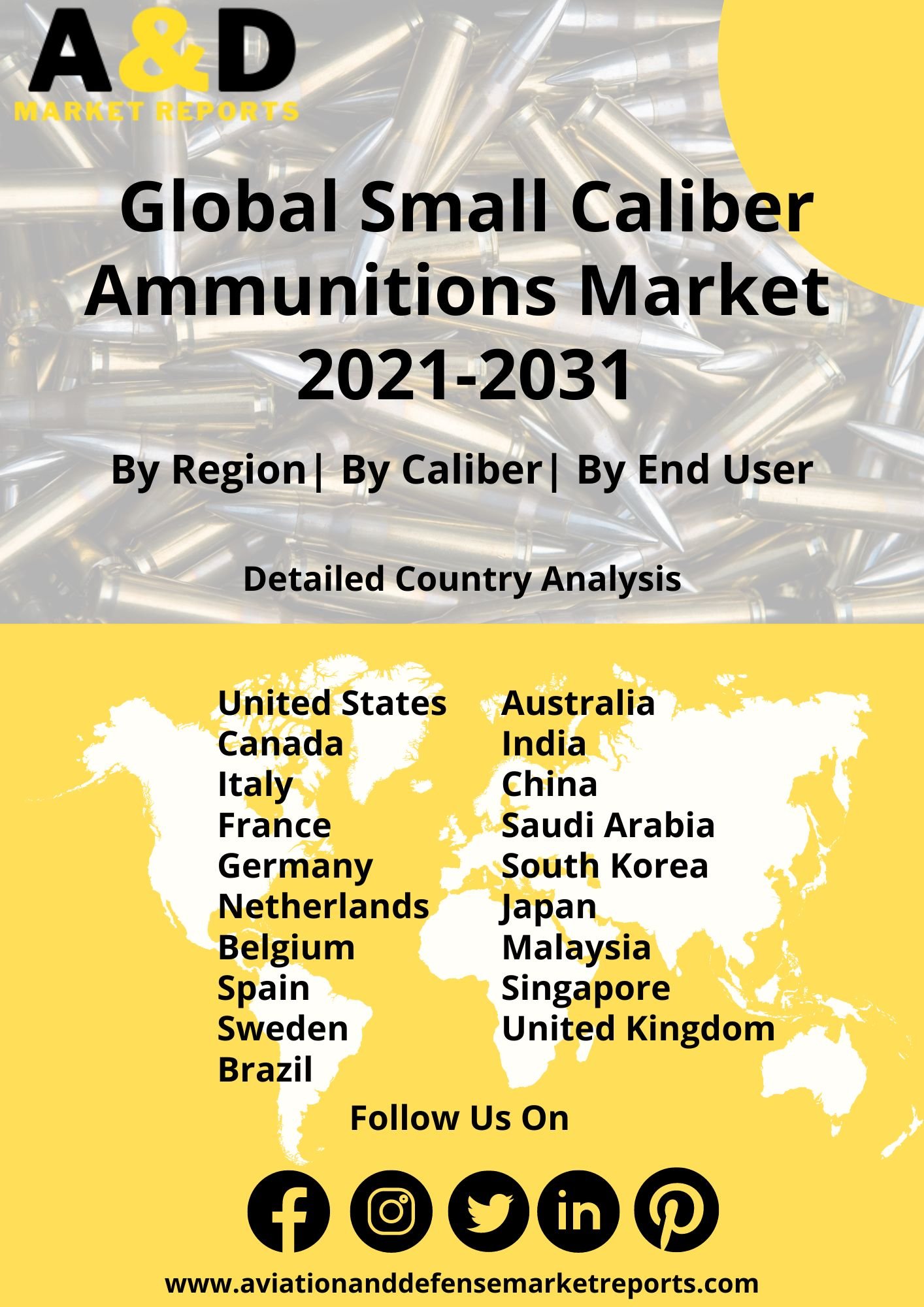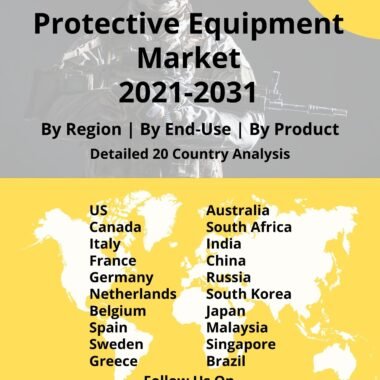Description
Small Caliber Ammunition Market
Frequently Asked Questions of SCA Market
There are now three types of small-caliber ammunition in use. Training-unique ammunition is created specifically for use in training and is not authorized for use in combat. Training-standard ammunition is dual-purpose and can be used to support both training and operational requirements. War reserve ammunition is ammunition with overmatch capability that supports individual and crew-served weapons during combat operations (i.e., blank, dummy-inert, close combat man marking and short-range training ammunition). Small weapons ammunition includes the whole round or cartridge as well as its various components, including the projectiles or bullets used in small guns as well as the casings, primers, caps, and propellants.
The sorts that are created rely on the caliber even though there are many functional variations of cartridges. Popular calibers that are employed by both military and civilian users, such as 5.56×45 mm or 7.62×51 mm, are typically where the most variants can be found. NATO and its allies most frequently employ the 5.56 mm and 7.62 mm calibers. The ball, which has an inert metal core often made of lead or a combination of mild steel and lead, is the most common projectile type employed in modern combat. These cartridges are designed to engage employees in the majority of situations and are frequently less expensive to produce than other sorts. Armor-piercing incendiary is one sort of ammunition that combines two or more functional types to create its combined effects.
Major factors driving Small Caliber Ammunition Market Growth
Conflict in Europe will be con of the primary drivers of the market, as NATO and other Eastern European nations increase their defense spending and stockpile ammunition. The creation of lighter, more lethal ammunition with a longer range is also being pursued through a number of new weapon and ammunition research programs. The quick development of technology is assisting such developments. Europe and the Asia-Pacific region, which are either replacing aging equipment or increasing their inventory to bolster their armed forces, are the main markets for modern weaponry and accompanying ammunition.
Trends Influencing the Small-Caliber Ammunition Market Size
Lightweight Case, increased armor-piercing capabilities, reduced range, one-way luminescence trail, lead-free primer, all-purpose tactical cartridge, and next-generation projectiles are among the small-caliber ammunition features now under research and development. The creation of light bullets with polymer cases is another impetus for ammunition producers. The decrease in weight allows the soldiers to carry as many as three extra magazines. The decreased weight of ammunition also decreases the cost of logistics since more small ammunition boxes can be shipped. Though composite ammunition is still in its infancy, as the technology evolves it will bring added features and benefits to the warfighter. More nations will be migrating to composite armor once the advantages are well established when compared to brass ammunition. Advanced manufacturing techniques and Industry 4.0 will also influence the growth of the market.
Small Caliber Ammunition Market Forecast & Dynamics
The small ammunition market forecast and increasing defense spending will drive the small ammunition market growth for new procurement activities. Procurement will also be driven by prevailing geo-political conditions in Europe and the Asia Pacific. Cross-border aggression will give way to increased combat training and war games in these regions. Small ammunition market analysis and the increasing demand for COMINT and ELINT systems will also drive small ammunition market growth. All these factors will ensure significant growth of the ATR market.
Small Caliber Ammunition Market Analysis for Recent Developments
Small ammunition market reports, The U.S. Army has awarded Sig Sauer a 10-year contract with a $4.7 billion ceiling value and an initial delivery order for $20.4 million. The corporation will fulfil this deal by supplying a family of weapons that might include up to 250,000 rifles and light machine guns. Within the close combat force, the M4/M4A1 carbine will be replaced by the XM5 rifle, while the M249 Squad Automatic Weapon will be replaced by the XM250 automatic rifle (SAW). The handgun contract was awarded to Sig Sauer, making it the top provider of small arms to the Army’s close combat and special operations forces. In order to manage
Small caliber ammunition market reports, the plan to create more than five lakh AK-203 assault rifles at Korwa, Amethi, has been approved by the Indian government in an effort to increase the nation’s self-reliance in the defense manufacturing industry. The transaction is valued at Rs 5,124 crore. An Indo-Russian Rifles Private Ltd. special purpose joint venture is most likely going to carry out the project (IRRPL). It was developed in collaboration with the former OFB [now Advanced Weapons and Equipment India Limited (AWEIL), (MIL), Rosoboronexport (RoE), and Russian Kalashnikov business.
Belgian Defense and FN Herstal have agreed to a long-term strategic partnership, which has been approved by the Belgian government. The Partnership is part of the DIRS* and the policies implemented by the Belgian federal government and Minister of Defence Ludivine Dedonder since 2020. The Partnership helps the European Union and NATO achieve their goals of strategic autonomy and supply security. It aims, in particular, to secure the supply of small-caliber ammunition and to keep the Belgian army’s fleet of small arms operational for the next 20 years. In keeping with Belgium’s commitment to contributing to the European Defence Technological and Industrial Base, the partnership is also a multinational framework open to other European countries in order to meet their long-term ammunition requirements. Investments at Zutendaal and Herstal are already underway and will be increased in the coming months. They will help to increase ammunition production significantly, reintroduce 5.56 and 7.62 caliber ammunition, and create more than 60 jobs at both sites. The collaboration is limited to the defense small arms fleet, i.e. FN Herstal’s product groups (ammunition, portable weapons, integrated weapon systems), and covers the supply, management, maintenance, and digitization of the small arms fleet, ammunition supply, and cutting-edge R&D aspects. In addition to improving supply security and Belgian Defense’s strategic autonomy, it will improve and simplify administrative and financial management of the small arms fleet.







